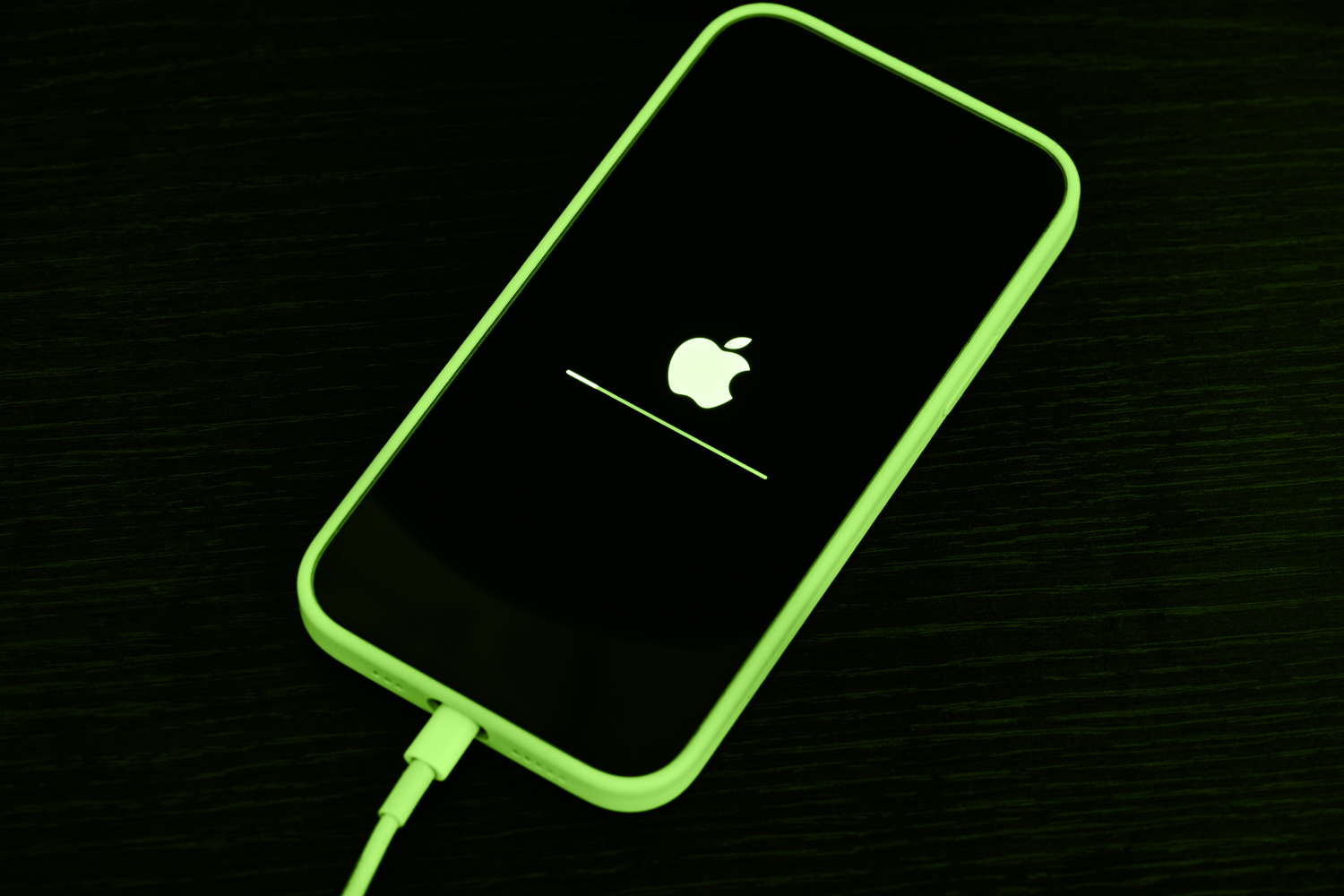Your smartphone can last longer. Here’s how.
7 habits to keep your phone out of the landfill

Sign up and save the world
The one5c newsletter delivers our best tips right to your inbox
This post has been updated. It originally published on Sept. 26, 2024.With each new smartphone generation—whether it’s the new iPhone Air or Google Pixel 10—the pressure to upgrade can feel overwhelmi……

